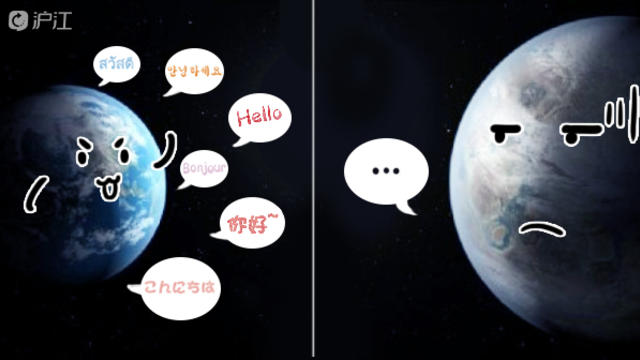2014年6月英语四级考试真题及答案完整版(文都教育版)
Section C
Direction: In the section, you will hear a passage three times. When the passage is read for the first time, you should listen carefully for its general idea. When the passage is read for the second time, you are required to fill in the blanks with the exact words you have just heard. Finally, when the passage is read for the third time, you should check what you have written.
注意:此部分试题请在答题卡1上作答。
Among the kinds of social gestures most significant for second-language teachers are those which are (26)______ in form but different in meaning in the two cultures. For example, a Colombian who wants someone to (27)______ him often signals with a hand movement in which all the fingers of one hand, cupped, point downward as they move rapidly (28)_______. Speakers or English have a similar gesture through the hand may not be cupped and the fingers may be held more loosely, but for them the gesture means goodbye or go away, quite the (29)______ of the Colombian gesture. Again, in Colombian, a speaker of English would have to know that when he (30)________ height he most choose between different gestures depending on whether he is (31)_______ a human being or an animal. If he keeps the palm of the hand (32)_________ the floor, as he would in his own culture when making known the height of a child, for example, he will very likely be greeted by laughter, in Colombia this gesture is (33)_________ for the description of animals. In order to describe human beings he should keep the palm of his hand (34)_________ to the floor. Substitutions of one gesture for the other often create not only humorous but also (35)________ moment. In both of the examples above, speakers from two different cultures have the same gesture, physically, but its meaning differs sharply.
Part III Reading Comprehension (40 minutes)
Section A
Directions: In this section, there is a passage with ten blanks. You are required to select one word for each blank from a list of choices given in a word bank following the passage. Read the passage through carefully before making your choices. Each choice in the bank is identified by a letter. Please mark the corresponding letter on Answer Sheet 2 with a single line through the centre. You may not use any of the words in the bank more than once.
Questions 36 to 45 are based on the following passage.
Global warming is a trend toward warmer conditions around the world. Part of the warming is natural; we have experienced a 20,000 -year -long warming as the last ice age ended and the ice 36 away. However, we have already reached temperatures that are in 37 with other minimum-ice periods, so continued warming is likely not natural. We are 38 to a predicted worldwide increase in temperatures 39 between 1℃ and 6℃ over the next 100 years. The warming will be more 40 in some areas, less in others, and some places may even cool off. Likewise, the 41 of this warming will be very different depending on where you are—coastal areas must worry about rising sea levels, while Siberia and northern Canada may become more habitable (宜居的) and 42 for humans than these areas are now.
The fact remains, however, that it will likely get warmer, on 43 , everywhere. Scientists are in general agreement that the warmer conditions we have been experiencing are at least in part the result of a human-induced global warming trend. Some scientists 44 that the changes we are seeing fall within the range of random (无规律的) variation—some years are cold, others warm, and we have just had an unremarkable string of warm years 45 —but that is becoming an increasingly rare interpretation in the face of continued and increasing warm conditions.
注意:此部分试题请在答题卡2上作答。
|
A) appealing I) melted B) average J) persist C) contributing K) ranging D) dramatic L) recently E) frequently M) resolved F) impact N) sensible G) line O) shock H) maintain |











